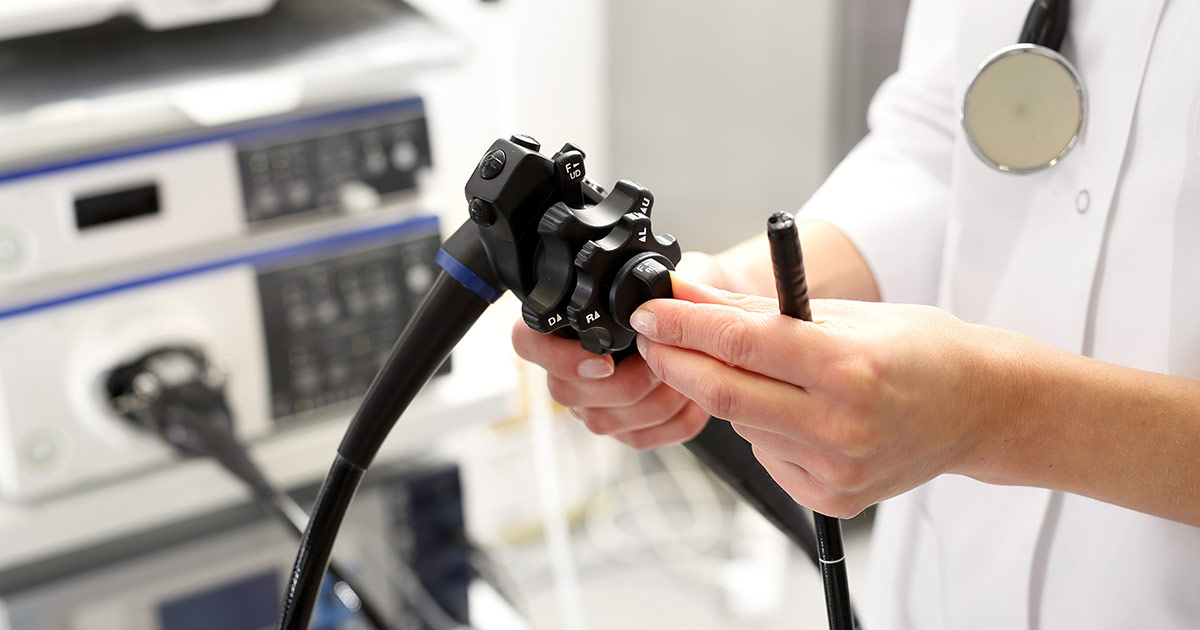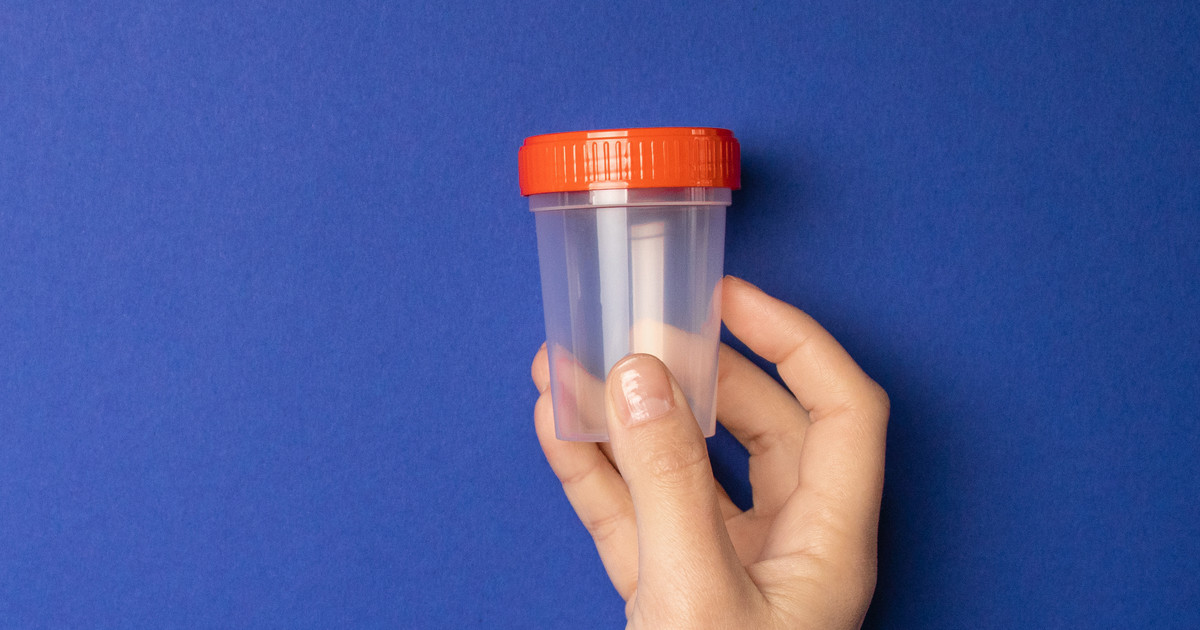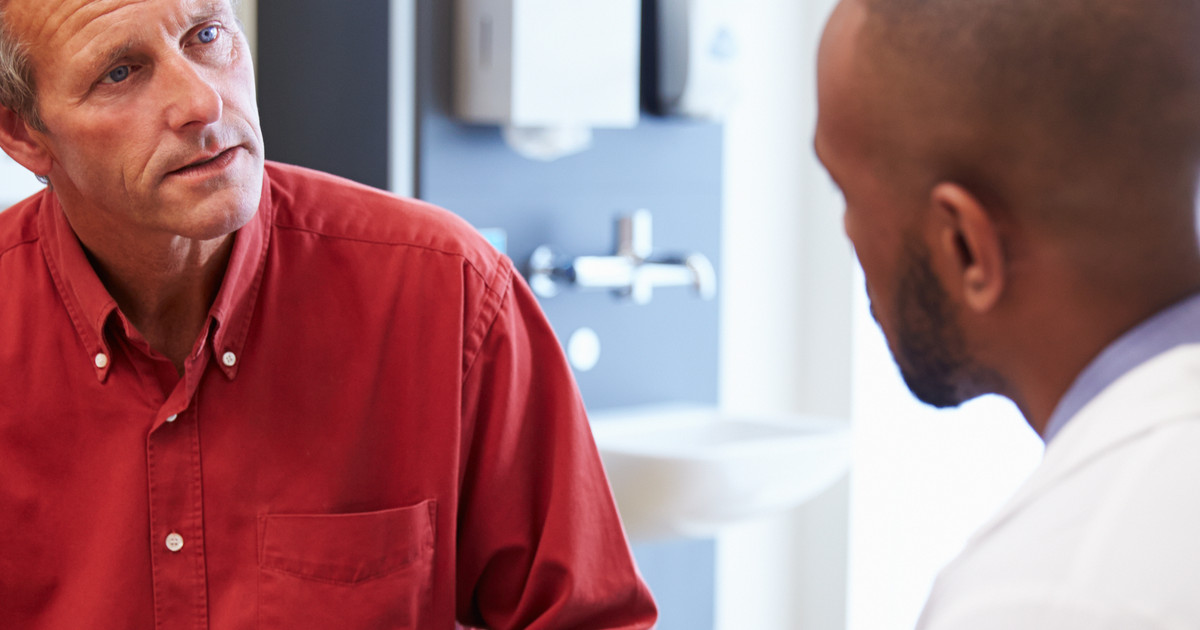Guide To Getting A Colonoscopy
A colonoscopy is a procedure used to allow a doctor to view and directly image the inside of a patient's large intestine. A colonoscopy is very helpful in diagnosing numerous disorders of the gastrointestinal system. Colonoscopies are used frequently to screen patients for colon cancer once they meet certain high-risk criteria. The dual use of a colonoscopy makes it a viable and economical option and technique for screening, examining, and treating intestinal abnormalities and growths.
As mentioned, a colonoscopy is a common colon cancer screening method. It will help doctors diagnose a patient's condition earlier, which can then assist with colon cancer treatment. Treatment for colon cancer includes chemotherapy and surgery. Of course, this procedure can also help diagnose other gastrointestinal issues. Thus, patients can receive prompt treatment for diverticulitis, colon polyps, and other abnormalities. Of course, it is vital to understand the procedure first.
What It Is Used For

A colonoscopy is a procedure used to examine an individual's large intestine and rectum. This screening checks for colon cancer and other problems in a patient's intestinal tract. These problems include colon polyps and other growths, diverticulosis, bleeding in the intestines, and inflammatory bowel disease. Other problems that it can check for are the underlying cause of bowel habit changes, pain in the abdominal and pelvic regions, and intestinal obstruction. Doctors will often order a colonoscopy for abnormal results from computerized tomography scans, magnetic resonance imaging, or x-rays. A colonoscopy is also used to find the underlying cause of chronic constipation, chronic diarrhea, and unexplained weight loss.
Every individual who is fifty years old or older who has an average risk of developing colon cancer should have a routine colonoscopy once every ten years. Individuals considered to be at anincreased risk of developing colon cancer should have a routine colonoscopy on a more frequent basis. When patients follow the proper screening guidelines, between seventy-six and ninety percent of colon cancer cases can be prevented or found at the precancerous stage.
Get the details on preparing for this procedure now.
Preparing For The Procedure

Most individuals who undergo a colonoscopy describe the most undesirable part of the process as the preparation. A key requirement for a successful and smooth procedure is the emptying of the contents of the patient's colon. Several days before the procedure, a patient needs to consume a low-fiber diet. During the last twenty-four hours before the procedure, patients should only consume clear liquids like tea, broth, and juice.
The day before, the patient will drink a special liquid that stimulates unpleasant bowel-clearing diarrhea. The doctor may prescribe a strong laxative to help move the bowel-clearing process along better. This process results in forceful and frequent diarrhea. The episodes may or may not be accompanied by bloating, cramping, nausea, abdominal discomfort, and vomiting. The taste of these laxatives may be bitter and unpleasant. Thus, it is often recommended for the patient to mix it with drinks for easier consumption.
Read more to learn about how the procedure works next.
How The Procedure Works

A doctor who specializes in gastroenterology is the one who performs the procedure. A colonoscopy lasts for between thirty and sixty minutes. The patient will be sedated with gas or intravenous anesthesia throughout. Once the patient is sedated, a colonoscope is passed into the colon. This is a long, flexible tube with a camera on the end of it. It projects a real-time video of what is seen by the camera to a monitor.
The colonoscope can bend and fit the curves of the large intestine without puncturing it. The colonoscope can also blow air into the large intestine to give the doctor a better view. If abnormalities are discovered, a biopsy can be performed using small instruments passed through the colonoscope to examine the abnormal or suspicious cells. When the doctor is finished with their exam, they will slowly remove the colonoscope. The patient is then transferred to recovery. They will stay here for an hour for observation.
Get familiar with the risks associated with a colonoscopy now.
Risks Of The Procedure

In individuals who are considered at average risk, complications occur in twenty-eight of every one thousand colonoscopies. The risk of complications increases when a doctor discovers abnormalities in the intestine. The risk also increases if the doctor has to remove a piece of tissue for a biopsy. One of the biggest complications of a colonoscopy is intestinal perforations. This is the presence of tiny tears or lacerations in the colon or rectum wall. These perforations are produced when an instrument accidentally puts too much pressure on the patient's bowel to the point of tearing the tissue.
Small intestinal perforations can be managed with bed rest, antibiotics, and watchful waiting. More significant intestinal perforations may require emergency surgical repair and medication. A patient who has tissue samples removed from their colon may experience post-procedure bleeding. Post-polypectomy electrocoagulation syndrome is another uncommon complication. It is caused by colon injury during the procedure.
Discover the details surrounding the recovery process next.
Recovery Process

Patients who do not experience any complications will return home the same day they have the colonoscopy. This is because it is considered an outpatient procedure. As anesthesia or sedation is used for a colonoscopy, patients will require a ride home. Side effects of anesthesia include nausea, drowsiness, and bloating. They may take several hours to wear off. Most patients can resume their regular activities the day following their procedure.
The results of a colonoscopy are usually provided to patients at their follow up appointment. This is because they are still under the effects of anesthesia directly following the procedure. If a patient has a biopsy performed during their colonoscopy, the results may not become available for at least several days. The reason is that they have to be sent to a laboratory for processing. Instructions on what to eat and what symptoms to watch for following the procedure are provided to the patient and their caregiver.
Get the details on what happens after a negative result next.
After A Negative Result

Despite the name, a negative result from a colonoscopy means that the doctor did not find anything abnormal in the patient's colon. In other words, there are no cancerous or precancerous lesions. After a negative result, doctors will provide patients with a recommendation on the timeline for their next procedure. This can vary between patients. However, the average timeline is every ten years for patients with no significant family medical history of colon cancer and other colon issues. This decreases to every five years if there is a family history of colon cancer.
Read about the instructions given after a positive result next.
After A Positive Result

Patients who receive a positive result from their colonoscopy have either colon polyps or other abnormal tissue in their colon. This abnormal tissue may indicate colon cancer. It may also be a precancerous lesion. Doctors will remove polyps during a colonoscopy and will then send them to a lab for testing. These tests will determine if the polyps are benign or malignant. They will also be able to determine if they are precancerous. Most patients do not need to be alarmed if their doctor removes precancerous polyps. However, this does alter the timeline for additional colonoscopies. This is because these patients are more likely to develop polyps again. They are also at an increased risk of colon cancer.
A positive result often means that patients must have another colonoscopy sooner than if they had received a negative result. However, the precise timeline varies based on different factors. These factors include a family history of colon cancer, the patient's age, and the presence of polyps. There are also specific factors that doctors consider when they find colon polyps during one of these procedures. They include the size of the polyps and how many they found. Doctors will also consider the pathologic type of the polyps. After a positive result, patients will often need another colonoscopy in three or five years. It is rare for the next one to be in ten years with such a result.
Discover information on a virtual colonoscopy next.
Virtual Colonoscopy

Many patients know about the traditional form of colonoscopies. However, some patients may be able to undergo a virtual colonoscopy. This is a minimally invasive procedure. It will still help doctors screen their patients for colon cancer. A virtual colonoscopy uses a low dose computerized tomography instead of the colonoscope. This procedure produces many images to give the doctor a detailed view of the patient's colon and abdominal organs. A virtual colonoscopy will combine and manipulate the images to provide this view. Thankfully, this procedure does not require any anesthesia. It also only takes ten to fifteen minutes to do. Finally, many patients will benefit from a virtual colonoscopy. This is great for patients who are not able to undergo a traditional colonoscopy. It also helps patients who take blood-thinners.
Continue reading to learn about alternative tests for the colon next.
Alternative Tests For The Colon

The most common test to detect colon cancer and other abnormalities is a colonoscopy. It is the one that most individuals think of when they consider colon cancer screening. However, it is not the only option. This is vital information, as some patients are ineligible for a colonoscopy. In addition, alternative tests are less invasive than a colonoscopy. This helps get more patients to screen themselves regularly for colon cancer and other colon problems.
One alternative is fecal immunochemical testing. It analyzes a stool sample from the patient and checks for blood in the sample with antibodies. A similar alternative is fecal occult blood testing, which also involves a stool sample. Another option is a sigmoidoscopy. This is similar to a colonoscopy, though it checks a smaller part of the colon. A sigmoidoscopy is invasive and requires fasting and medication. Some patients may choose a stool DNA test, which looks at blood and specific DNA in a sample of a patient's stool. If this test returns abnormal results, patients may still need a colonoscopy.
Learn more about the colonoscopy timeline next.
Colonoscopy Timeline

The majority of patients, as discussed, should get a colonoscopy once every ten years after they turn fifty years old. However, certain at-risk groups may need to begin these tests earlier, such as at forty-five or forty years old. This applies to individuals with a family history of colon cancer and those who have had it before themselves. In addition, patients who have ulcerative colitis, Crohn's disease, or another inflammatory bowel disease should also consider starting colonoscopies earlier. Genetic conditions such as Lynch syndrome and familial adenomatous polyposis also merit starting this test sooner. Some experts also say that black individuals may want to consider colonoscopies and other colon cancer screenings earlier. The reason is that they appear to experience colon cancer more often.
Patients who fall into one of these categories should discuss the appropriate timeline with their doctor. These factors will also adjust how often patients need a colonoscopy. As mentioned, this is normally every ten years. However, these individuals may need one every five or even every three years. The results they get will also dictate how often they need a colonoscopy.